
Transformation
The waters across New England go through an unbelievable transformation as blistering summer days slowly evolve into cooler, shorter, autumn rotations around the sun. These changes in temperature, wind and surf are signals to the species we fish for, the baitfish they eat and the places they eat them. In turn, this offers some of the best opportunities for the northeast saltwater fly rodder. Athletes refer to this time of year as bulking season. A stint of packing on the pounds, eating as much as possible in anticipation for a great challenge ahead that will require stores of calories. This is exactly what our fall run game fish are doing, bulking up for their journey south. The migration of species from our cooling nearshore waters towards the ever-warm waters south and east of us means that saltwater anglers must hit the overdrive button for a handful of weeks. The bait migration is creating intense, focused feeds up and down the coast by our favorite fly rod gamefish. Does it get any better?
Unless some wonderfully premature run of summer fish changes my plans, it is not until September 1st rolls around that I am truly in fall run mode. While you certainly get some shots to bend a 9wt rod on striped bass in June and July, nothing seems to scratch that itch quite like our beloved hardtails. Specifically atlantic bonito, false albacore, spanish mackerel and if you’re lucky, maybe even a baby bluefin. These pelagic species are here for what seems like a blink of an eye when it is all said and done. So obsessed fly rodders begin to set alarms for 5am, 4am, even 3am depending on where the bite is hot. These species tend to wake up and sip the proverbial coffee that is peanut bunker, silversides and bay anchovies in the wee hours of the morning. If you are standing on your rock, or shifting the boat in neutral on your marked spot by sunrise, your chances of coming tight to a hardtail increase big time! While the early morning bite at the top of a high tide has always been most productive, that does not mean you cannot catch fall-run fish all day long. With a fly rod in hand this month of September you can accomplish a great deal of incredible fishing, be it from shore or from the boat. Things only get better as the month rolls on!
The Fall Run presents a few unique opportunities and some challenges for the fly rodder:
Imitating Smaller Baits

The long rod is well suited to deliver the small imitations of bay anchovies and peanut bunker. After the larger challenge of finding the fish. There are a couple tactics the fly rodder should keep in mind when fishing around smaller bait. First, it's a good idea to get your fly ahead of the school but when you do don't strip fast. Leave your fly on the dinner plate. The albies and bonito are fast but the bait is not! Second, when you see millions of bay anchovies, for example, don't tie on a fly to be the one-millionth needle in the stack of needles. Mix it up with a similar profile pattern in hot pink or electric chicken. Third, make some noise. Throw a Crease Fly or a small Bob's Bangerand create a commotion. An erratic combination of pops and wakes and splashes should draw attention.

After the blitz when the bait has dissipated and the albies are slashing around in a more random way picking off stragglers that's the time to go back to a more exact match.

Snot Bait Sucks - Beech's Eye Candy
It is paramount to your success to be patient during these feeds. If you find yourself running up and down the beach, or constantly throttling up and down to chase these speedy fish; STOP. Pick a spot in which you have seen the fish feed (hopefully consistently) and wait. The Navionics app definitely gives the shore-bound fly rodder an edge. You have a far better chance of hooking up if you wait for them to come to you. Keeping on with the topic of location, your favorite striped bass spot may be an excellent albie spot, but not all albie spots are great striped bass spots. Albies tend to like the cleaner, deeper, water, where-as bass will often times feast for hours in weedy surf zones.
Make sure your tackle is top-notch. Nine foot 9 and 10 weight rods are ideal for albie fishing (9wt from shore - 10wt from the boat). An intermediate lineis best suited for almost all albie applications as it stays up in the water column and is easier to get out of the water and recast. A sinking linecan be helpful in big water as it will keep you better connected with your fly. An ample leader: either Orvis Big Game Flouro tapered leader in 20lb or one made of 20lb or Seagar flourocarbon approximately 9ft in length typically does the trick. If you are getting the right fly in to the right feeds and still not hooking up, size down to 12lb Fluorocarbon for slightly more stealth.
Mullet A Fly Rod Favorite

The first big chill after Labor Day gets the mulet moving. Those fly rodders who can buck their "albie fever" could not ask for a better scenario. Mullet in local waters are a blocky shaped baitfish, 4-6 inches long, and blueish grey in color. Here is our selection of mullet flies.
It is critical that you find the mullet. They hug the shoreline as they migrate south so keep your eyes out for V-shaped wakes close to shore especially along sandy beaches. Fish past or alongside the school. Stripers don't seem to crash on mullet rather get a few separated from the school and track them down. It only takes a few mullet to make a meal. These guys stay high in the water column so it is a good time to use a floating line.
Get the Blues

Billy Mitchell for Seven Stripes Podcastwith a September bluefish
Bluefish don't get the love they deserve. An aggressive eater and a savage fighter. Bluefish are a great fly rod target. Numbers have been down the past few years but the stretch between Labor Day and Columbus Day is when you are likely to find aggressive topwater feeds. They are typically easier to hook up on than bass or albies but more difficult to land. With head shakes and big "tail walking" jumps, keeping your rod tip low will lead to more landed fish. Most all baitfish flies do they job when put in front of a hungry Blue (be sure to use a fly you don't mind having chewed to pieces). Top water flies make for the most exciting bite; a white Gurgler or Bob's Banger fly can both get crushed. Big Clouser Minnows, Popovic's Surf Candies and flashy flies like Skok's Mini Mushy are excellent choices as well. Tipping your leader with wire is a smart way to stay connected. Orvis makes an excellent product called Haywire Retwistable Bite Gaurd and Rio makes the Toothy Crittertapered wire leaders.
It is easy to get drawn in to busting bluefish and be disappointed when they are small "cocktail" size fish. When it comes to Bluefish they typically school up by size, so if you catch one 15" fish odds are, they're all about that size. Keep covering water to find those bigger fish feeding. Bluefish are also known to short strike, and hit over and over again. Keep moving the fly even after hits; you will eventually hook up.
Additionally, Bluefish are one of the rare fish that I have began to keep towards the end of a trip. Often seen as a trash fish, they can be really delicious eating when cooked up in a curry sauce or smoked to be made into dip.
In The End Make A Memory
After Columbus Day the migration of all species is well underway. It's great time for the shorebound fly rodder to make a memory. You will lose some days to weather for sure but falling water temps keep the bait on the move. By keeping an eye on the weather and try and fish ahead for the fall cold fronts which typically have the stripers feeding aggressively. After one wind driven high tide the surf zone is often weedy and that's particularly tough on the fly rodder.
The peanut bunker of late summer are now 4-5 inches long and you need to size your bunker pattern appropriately. Bunker schools are often close to shore especially when driven by the wind and impeded by jetties and rockpiles extending into the surf. With the bait on the move you need to keep moving as well; use your eyes, use your binoculars and find the bait.
For the boat guys it's not uncommon for bigger bonito to return late in October after the albies have departed but there is still plenty of bait around.

The crescendo of the fall run is the migration of sea herring when it happens. When it happens it is a sight to see with gannets literally dive bombing the coast. Sea herring are a big bait 8-12 inches long and a bit slimmer than bunker. It's time to break out the big Half and Halfs and Hollow Fleyes.
Schoolies can be found along south facing beaches as water temperatures dip. Clousers fished low and slow just like spring striper fishing which is only a few long months away!
The fall is truly an incredible time to be saltwater fly fishing in New England. Be patient! Be persistent! And remember to tie good knots!




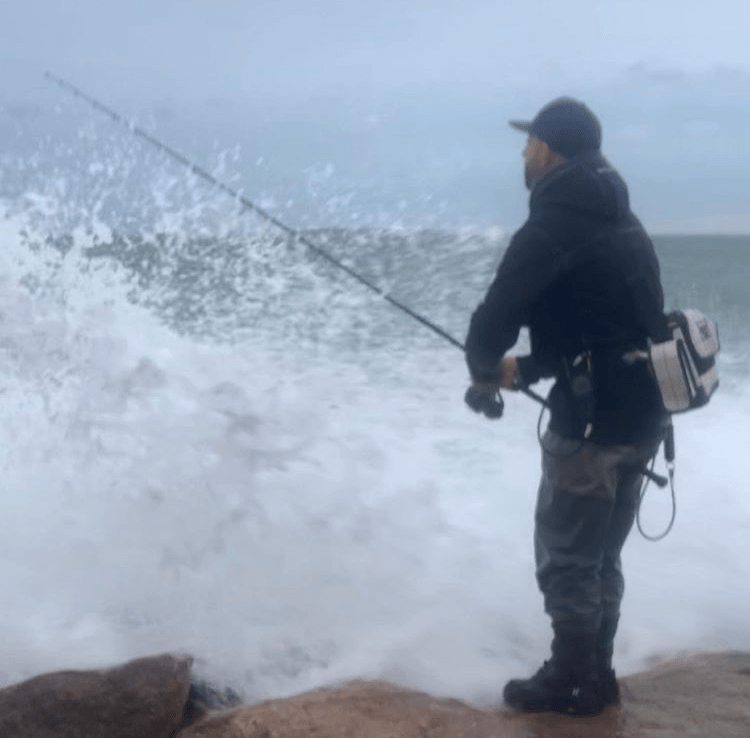

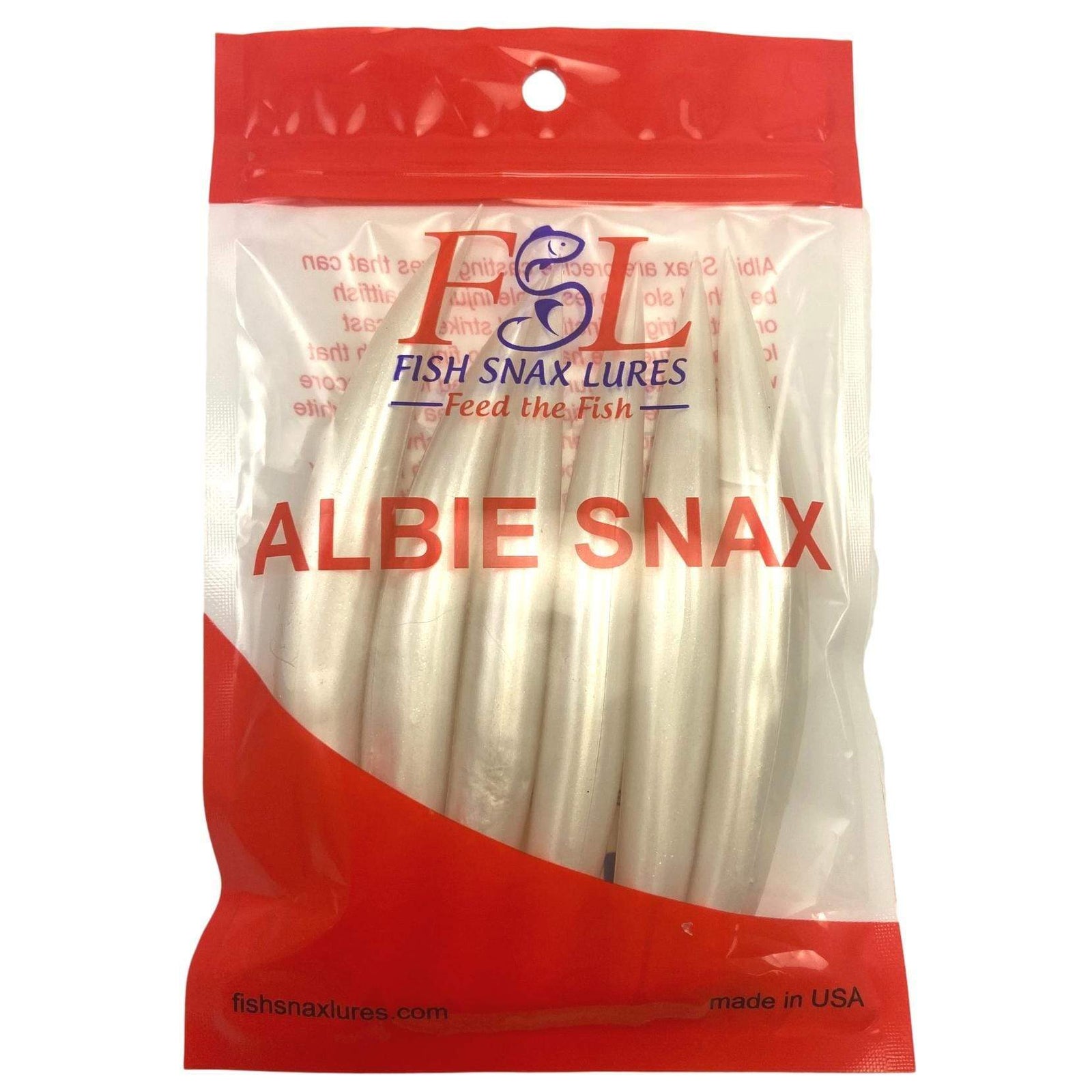

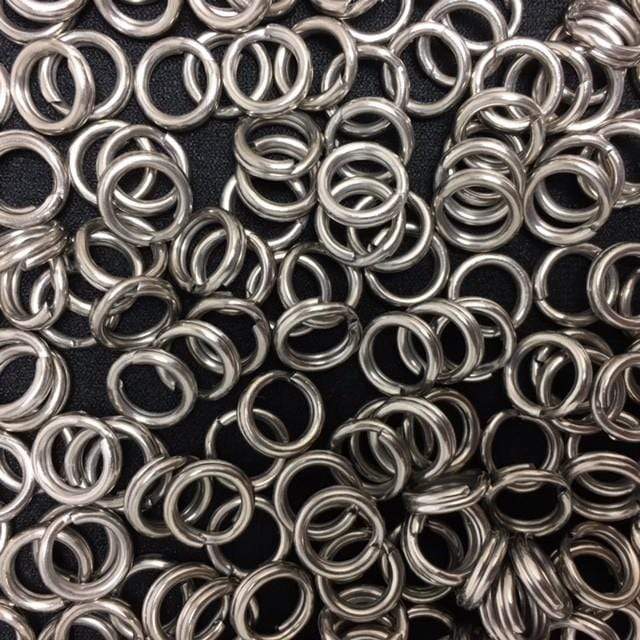
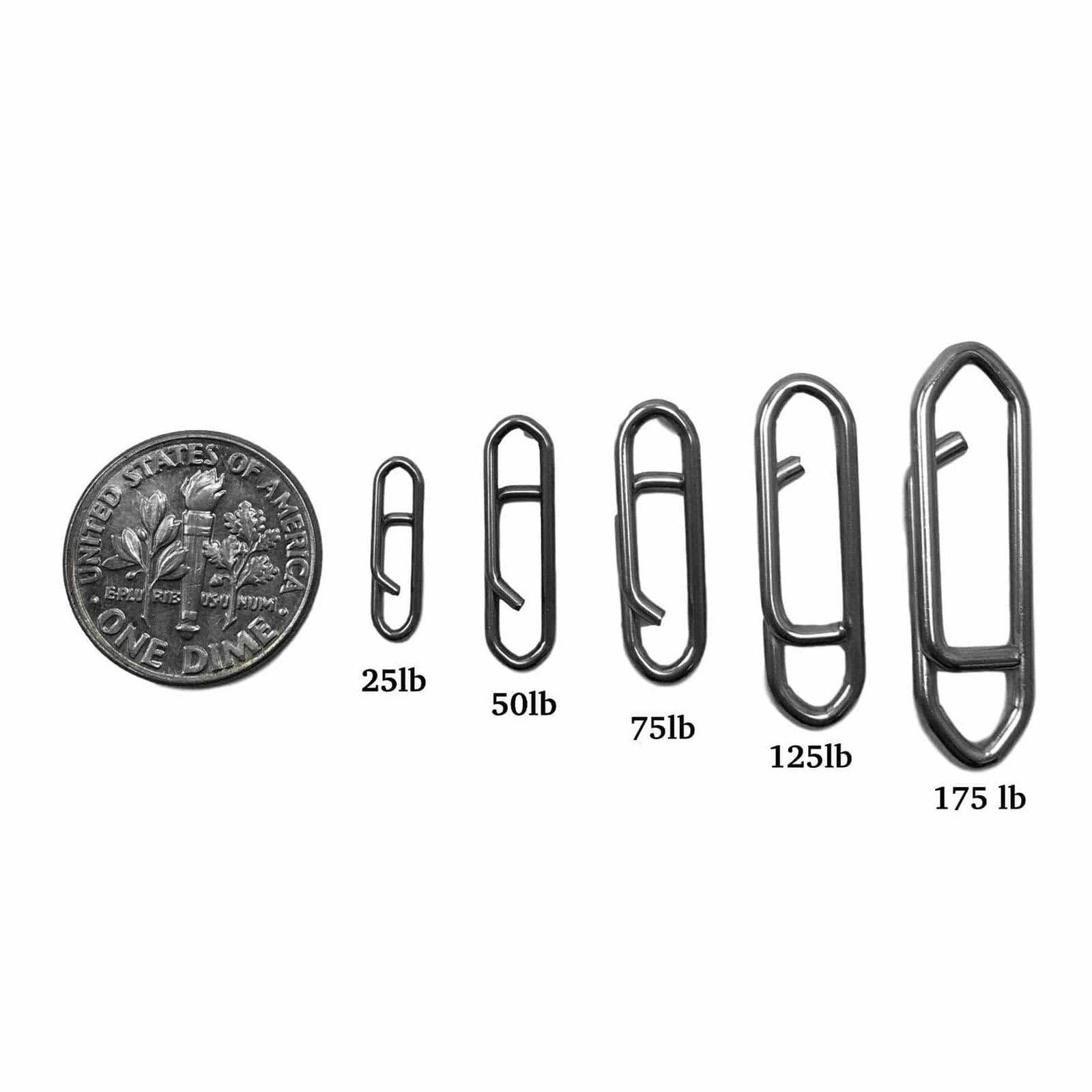




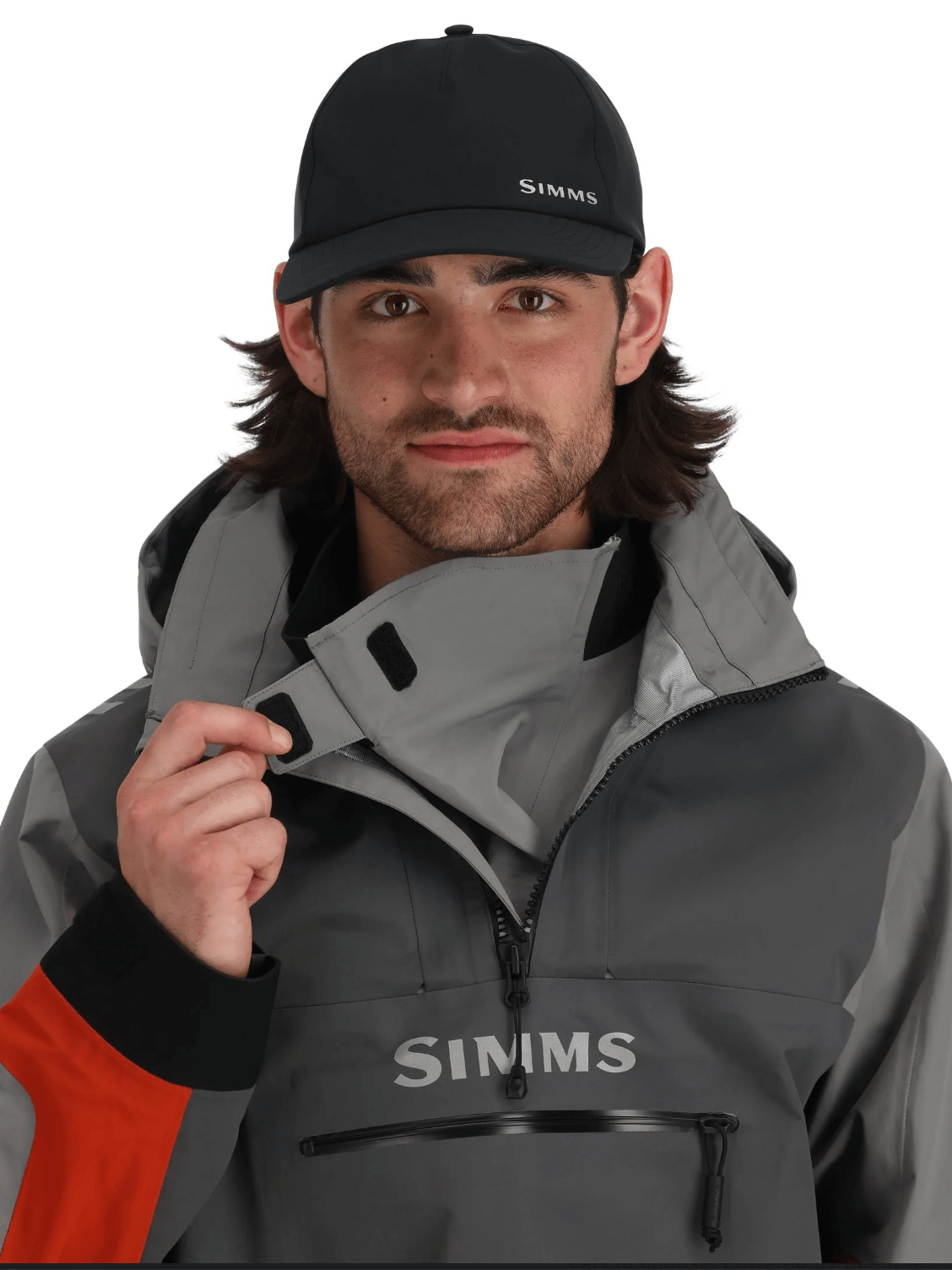

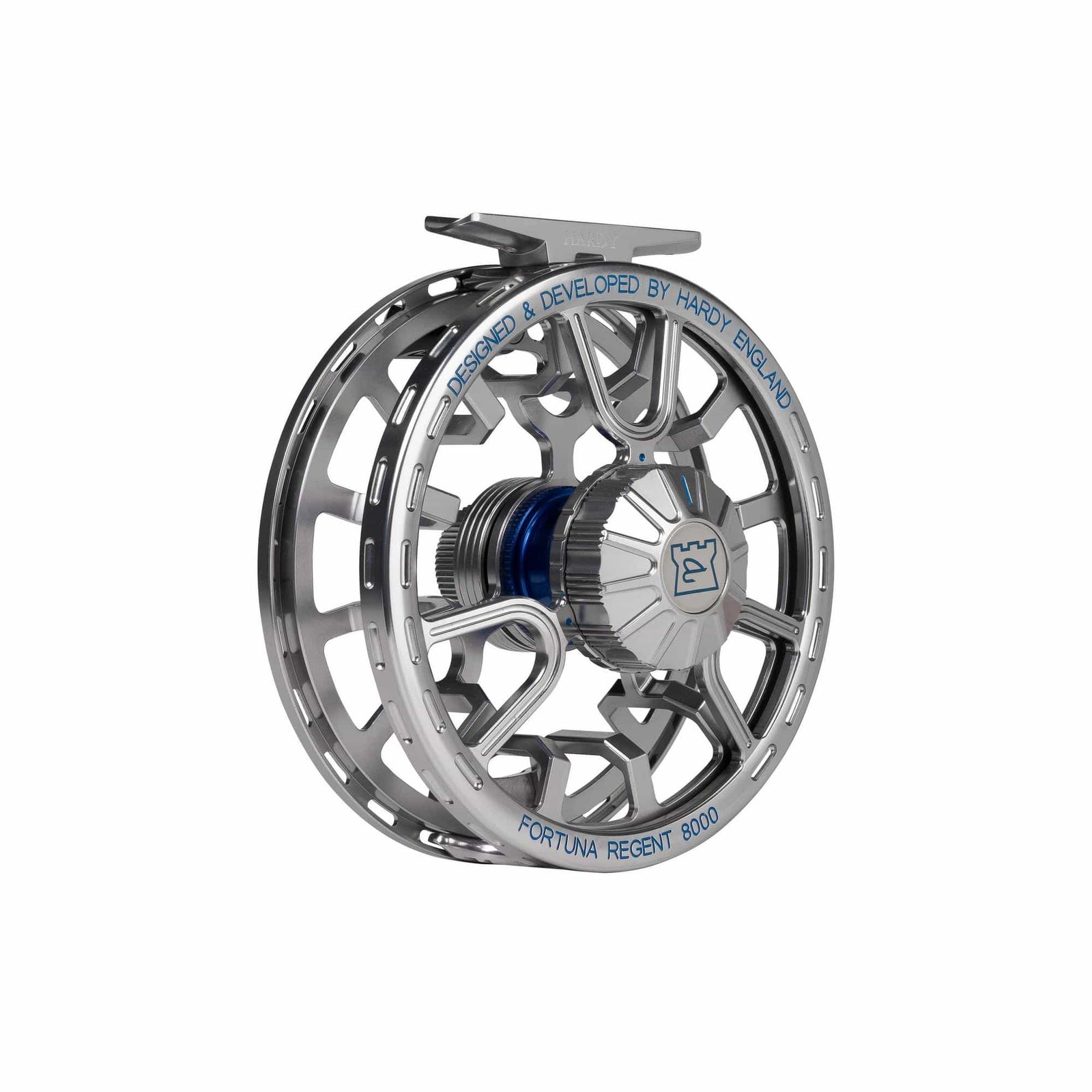
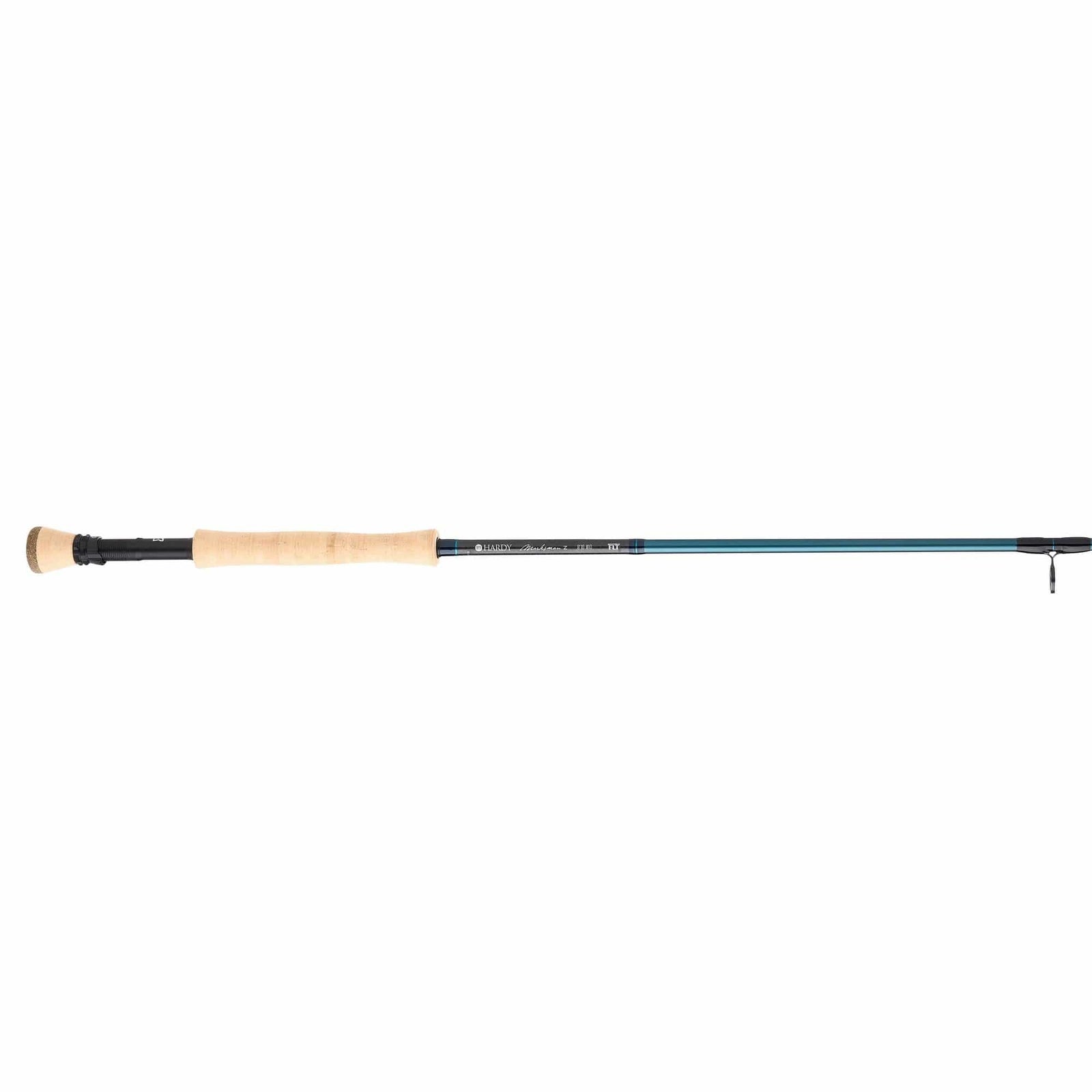

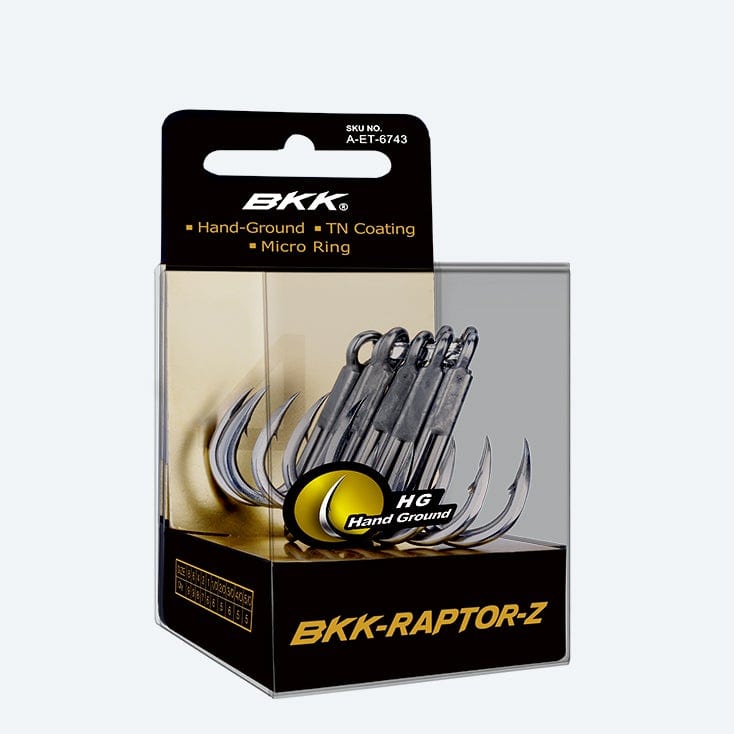
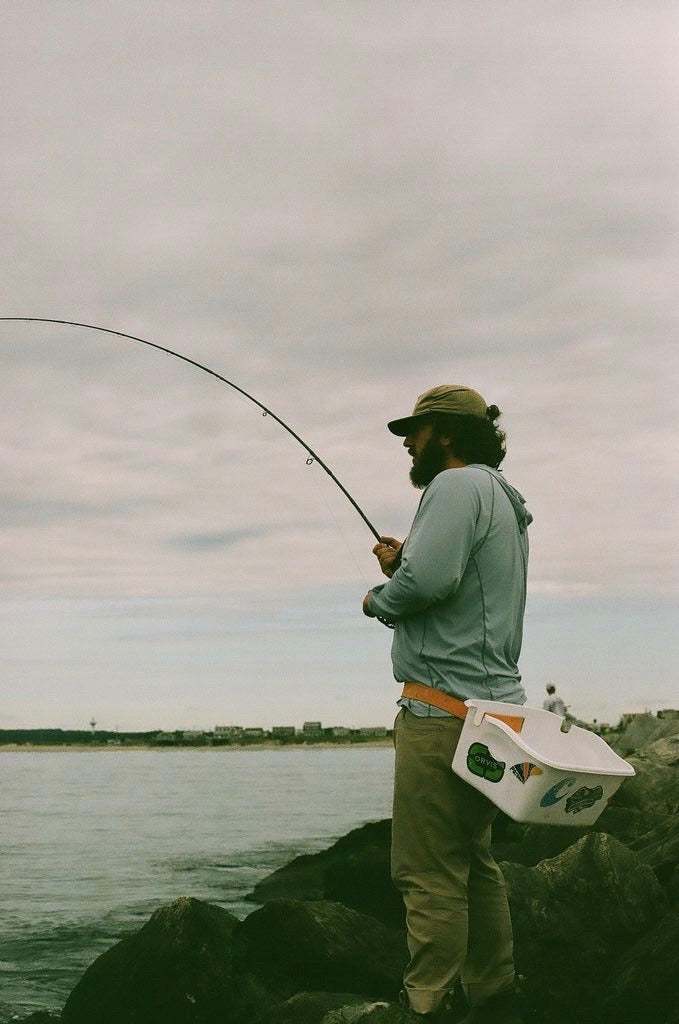


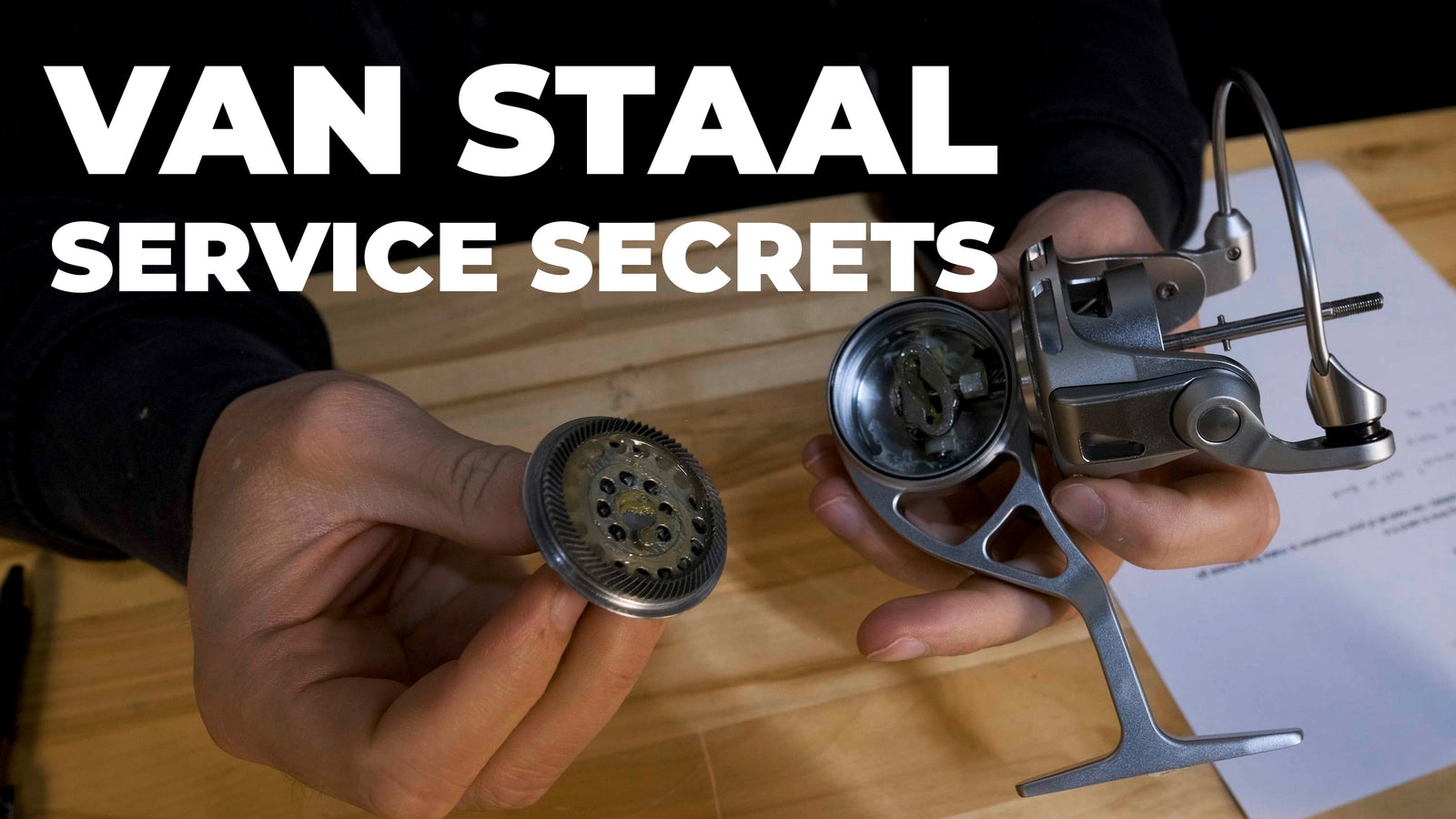


James Jannell
November 08, 2023
Great info guys. Keep it coming. Now we can all dream of 2024 as we stear at our beautiful tackle